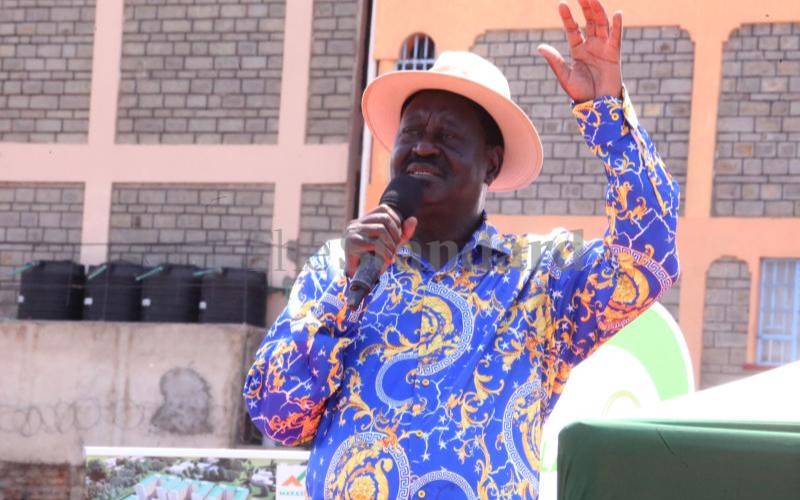
For the fifth time in his political career, Raila Odinga will today seek to be cleared as a candidate for the presidential election. Raila and his running mate Martha Karua will walk into the Bomas of Kenya as aspirants and walk out as candidates for the August 9 General Election.
The Azimio la Umoja One Kenya coalition flag bearer harbours dreams of becoming the fifth president and chose today, June 5, as his clearance day for the symbolism. “The fifth will be cleared on the fifth,” Raila’s lawyer Paul Mwangi told journalists recently.